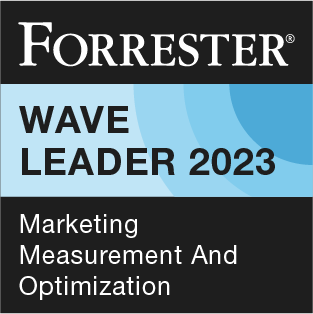Optimizing Marketing ROI, menu pricing and operations
Investments to Drive Guest Count and Profit
Across the restaurant industry, from casual dining concepts to fast casual, to specialty restaurants and QSR, marketers are struggling to answer critical business questions. MMA is helping marketers and finance professionals from the largest global brands in the restaurant industry address these challenges and deliver significant incremental value to their business by establishing ongoing marketing mix modeling and pricing analytics capabilities.
Marketing mix models As a Solution for Restaurants
MMA’s marketing mix modeling and pricing analytics solutions are helping restaurant executives address their key high-value questions:
- How much to invest in marketing and advertising to achieve both guest count and revenue goals?
- How to compare the ROI of each marketing vehicle and campaign to operations initiatives?
- What is the optimal mix of marketing investments to maximize guest count and revenue by day-part and customer segment?
- How to improve the effectiveness and efficiency of each investment?
- Which promotions are most effective? How to support these promotions with marketing vehicles?
- What is the right balance of traditional, digital and social media?
- How to capitalize on the interactions across vehicles (e.g. TV driving Search behavior)?
- What is the role of digital and social media?
- How does marketing’s impact vary by format, location and demography?
- What is the impact of operations factors (staff incentives, menu changes, gift cards, customer satisfaction, restaurant count, labor hours, pricing, renovations and reformats, etc…)?
- What is the impact of external factors (weather, competition, macroeconomic, etc…)?
- What if you change the strategy for next year? How will that impact guest count and profit?


